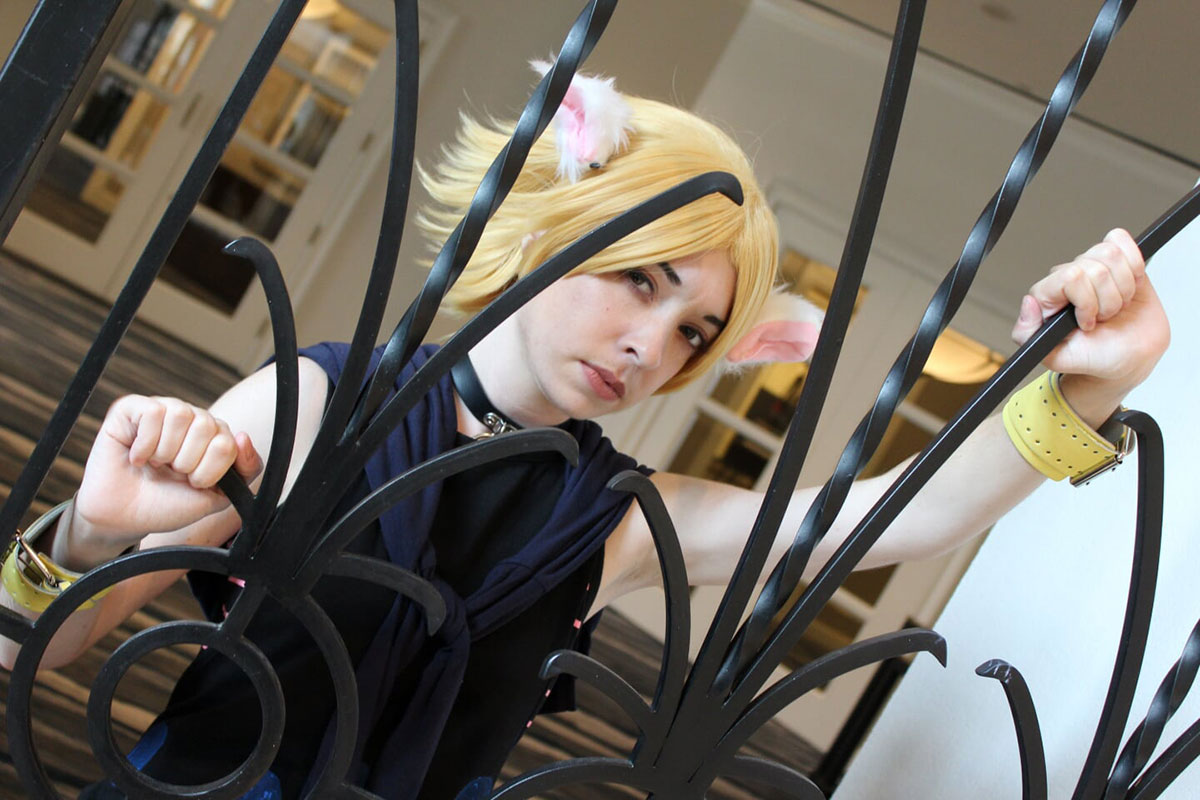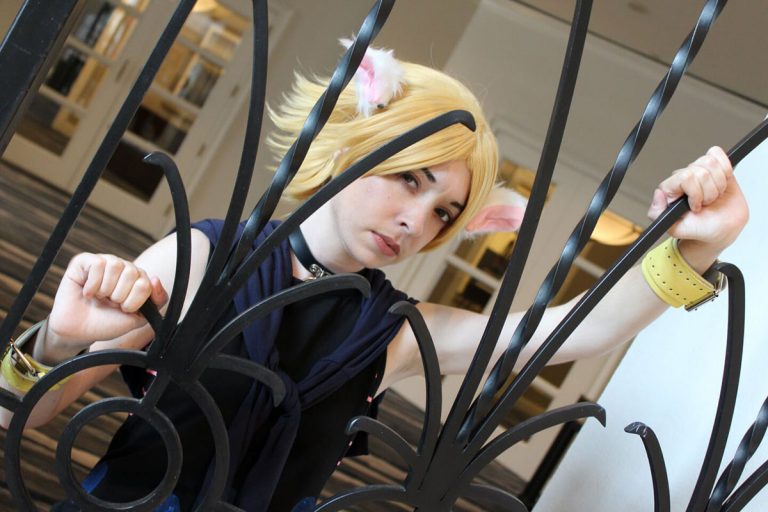Stepping into the realm of imagination and creativity, cosplay and costume design have captivated the hearts of many. But what truly separates the two? In this article, we delve into the distinctive characteristics that define cosplay and costume design, unraveling the intricate web of similarities and differences. Join us as we journey through the worlds of fantasy and fashion, and discover the unique artistry behind these two creative expressions.

Cosplay vs. Costume Design: Understanding the Key Differences
When it comes to the world of costume design and cosplay, there are some key differences that set these two art forms apart. While both involve creating elaborate outfits and transforming oneself into a character, the motivations and processes behind each can vary significantly.
Cosplay is more focused on embodying a specific character from popular culture, such as a superhero, anime character, or video game protagonist. It often involves detailed recreations of costumes and accessories to closely resemble the original character. Cosplayers may also act and pose in character to fully immerse themselves in their role.
Costume design, on the other hand, is typically associated with theater, film, and television productions. Costume designers work closely with directors and actors to create outfits that not only reflect the character but also serve the storytelling and aesthetic of the production. It involves understanding character motivations, historical contexts, and visual storytelling techniques.
The Art of Character Immersion in Cosplay
Cosplay and costume design are two closely related but distinct art forms within the world of fandom. While both involve creating and wearing costumes based on characters from movies, TV shows, video games, and more, there are key differences that set them apart. Understanding these distinctions can help cosplayers and costume designers alike fully immerse themselves in their craft.
One of the main differences between cosplay and costume design is the level of immersion into the character being portrayed. In cosplay, the focus is on embodying the character in every aspect, from the way they move and speak to their gestures and expressions. Cosplayers strive to bring the character to life in a way that is authentic and true to the source material. On the other hand, costume design is more focused on creating visually appealing and intricate costumes without necessarily embodying a specific character.
Another distinction between the two is the level of originality and creativity involved. While both cosplayers and costume designers can draw inspiration from existing characters and designs, cosplayers often put their own creative spin on their costumes to make them unique and personal. Costume designers, on the other hand, may focus more on staying true to the original design and creating a faithful representation of the character.
The Importance of Attention to Detail in Costume Design
Attention to detail in costume design is crucial in bringing characters to life, whether it’s for cosplay or professional productions. Every small element, from the fabric choice to the stitching and accessories, plays a significant role in conveying the essence of a character. By focusing on the intricate details, costume designers can capture the personality, time period, and setting of the character, resulting in a more authentic and immersive experience for both the wearer and the audience.
One of the key distinctions between cosplay and costume design lies in the level of attention to detail. While cosplay often involves creating costumes based on existing characters from popular culture, costume design for theater, film, or TV requires a deeper understanding of the character’s backstory, motivations, and personality traits. This deeper level of research and understanding allows costume designers to create costumes that not only look accurate but also feel authentic and help actors embody their characters more effectively.
Furthermore, attention to detail in costume design can also enhance the storytelling aspect of a production. By carefully selecting colors, textures, and styles that reflect the mood and tone of a scene, costume designers can subtly guide the audience’s emotions and perceptions. Small details like the choice of accessories or the weathering of a garment can add layers of meaning and depth to a character, enriching the overall narrative of the production.
Tips for Blending Realism and Creativity in Dressing Up
When it comes to blending realism and creativity in dressing up, whether for cosplay or costume design, there are key distinctions that can help elevate your outfit to the next level. To achieve a balanced look that showcases both authenticity and imagination, consider the following tips:
- Research: Dive deep into the character you’re portraying or the theme you’re exploring. Understand their backstory, personality, and the world they inhabit to inform your design choices.
- Attention to Detail: Pay close attention to the small details that can make a big difference, from accurate accessories to subtle nuances in fabric choice or color palette.
- Personal Touch: Inject your own creativity and personality into the costume. Whether it’s adding a unique twist to a classic look or incorporating elements that showcase your individual style, make it your own.
| Tip: | Experiment with different textures and materials to add depth and visual interest to your costume. |
By keeping these distinctions in mind and finding the perfect balance between realism and creativity, you can create a truly standout cosplay or costume design that captures the essence of the character or theme while showcasing your artistic flair.
In conclusion, it is clear that cosplay and costume design each have their own unique distinctions. While both involve creativity, attention to detail, and passion for bringing characters to life, the way in which they are executed and the intentions behind them differ significantly. Whether you are a dedicated cosplayer or a talented costume designer, embracing these differences can help you further hone your craft and appreciate the diverse ways in which we express our love for fandoms and storytelling. Ultimately, both practices contribute to the vibrant and ever-evolving world of entertainment and creativity. So, whether you’re donning a meticulously crafted costume on stage or embodying your favorite character at a convention, remember to embrace your unique approach and enjoy the magic of bringing fantasy to reality.


